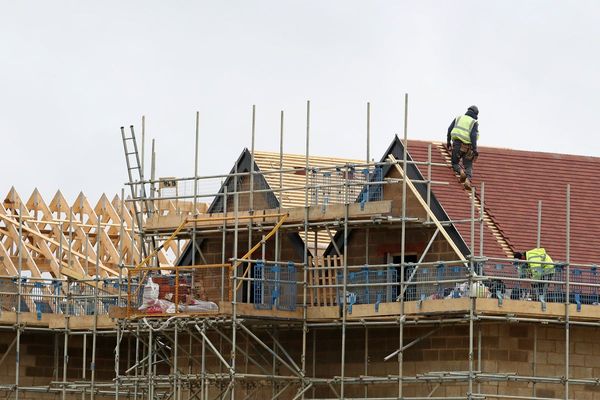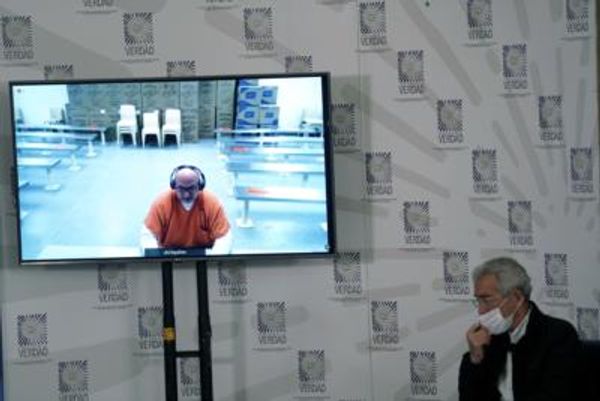
Freezing koala sperm as part of captive management programmes is crucial to saving the endangered Australian marsupial, according to a new study.
The research, published on Wednesday in the journal Animals, says bio-banking and assisted reproduction technology for koalas could significantly help captive breeding programmes retain genetic diversity. It could also drastically cut the costs currently required to deliver these programmes.
Scientists, including Ryan Witt from the University of Newcastle in Australia, say koala bio-banking and assisted breeding conservation programmes could future-proof the species, which experts warn may go extinct by 2050 without intervention.
“Currently, we have no optimised tools that can store live koala reproductive material, such as sperm. So, we have no insurance policy against natural disasters like the 2019-2020 bushfires that threaten to wipe out large numbers of animals at the one time,” Dr Witt said.
Estimates say nearly 60,000 koalas may have been killed or affected during the “black summer” bushfire that spread across the states of Victoria and New South Wales in Australia.
Researchers warn that there is no way to bring koalas back or preserve their genetics if their already dwindling population is suddenly struck by another fire event.
“Bio-banking, if developed for the koala, would offer a solution to store or ‘bank’ live koala genetics by freezing sex cells such as sperm. The frozen sperm can then be used to impregnate female koalas in breed-for- release programmes, using assisted reproductive technology,” Dr Witt said.
If bio-banking and assisted reproduction are incorporated into current koala breeding programmes, their model predicts that a 5-to-12-fold reduction in overall costs is possible.
“Captive breeding programmes require larger koala colony sizes to prevent inbreeding. But by integrating assisted reproduction we can reduce the number of koalas needing to be in captivity, lower costs, and improve genetic diversity,” Dr Witt explained.
“This would free up valuable conservation funding to support a greater number of species, or to support other koala conservation efforts such as habitat restoration,” he added.
Much of the foundational infrastructure needed for assisted reproductive technologies for koalas has already been laid, say scientists, adding that 16 wildlife hospitals and zoos across Australia could act as nodes to collect koala sperm and help integrate assisted reproduction.
However, scientists say some roadblocks lay ahead.
“Recent advances have shown us that artificial insemination using fresh and chilled sperm works in koalas. The hurdle is trying to freeze sperm and make use of it,” study lead author Lachlan Howell said.
“All that is needed now is more research and funding to tweak existing assisted reproduction technologies so that we can cryopreserve koala sperm, just like we do for humans,” Dr Howell added.
Applying the new technologies can also help overcome some shortfalls of captive breeding in which existing genetic issues in koalas can lead to reproductive dysfunction and infertility, the study noted.
These issues, researchers say can compromise survival, disease resistance, and the species’ ability to adapt to changing environmental conditions from climate change.
“Our modelling shows that supplementing frozen founder sperm into koala colonies using various assisted reproductive technologies – such as those common in agriculture and human fertility – could significantly reduce inbreeding and allow captive programmes to hold smaller colonies whilst still meeting optimal genetic diversity targets,” Dr Howell said.
Using frozen sperm, scientists say they can reintroduce genetic variation into wild koala populations without having to relocate the marsupials.
Citing the example of New South Wales in Australia, they said koala populations that are declining rapidly would greatly benefit from the introduction of bio-banked material from other unique populations to help manage genetic diversity.
“Australia’s zoos and wildlife hospitals provide rare opportunities to refine and cost-effectively integrate these tools into conservation outcomes for koalas due to extensive already-existing infrastructure, technical expertise, and captive animals,” scientists wrote in the study.







